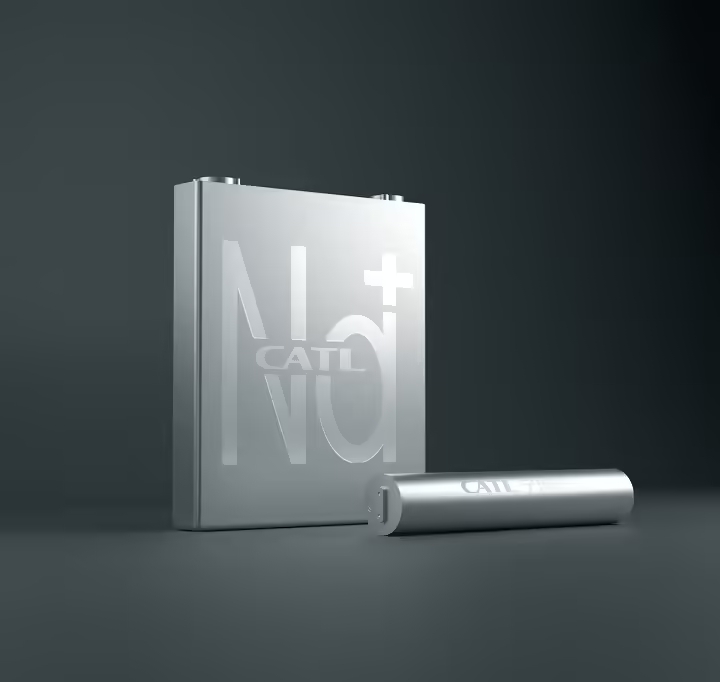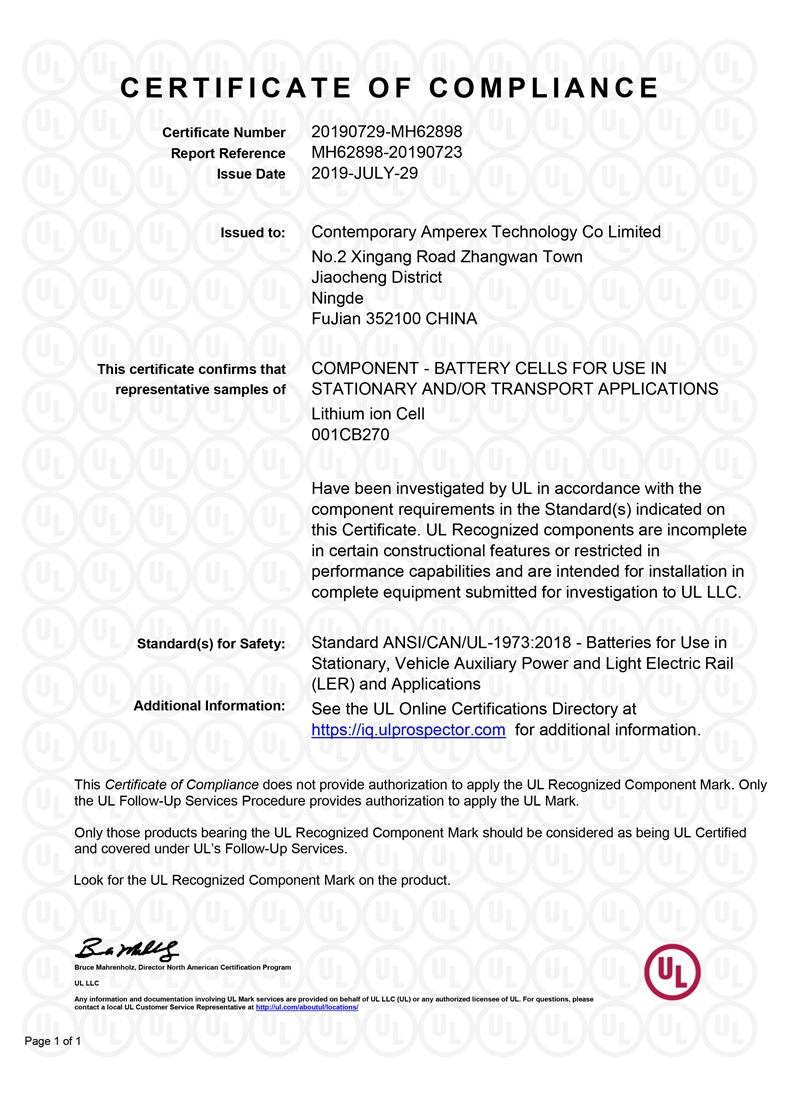News
CATL's Second-Generation Sodium-ion Battery Expected to Hit Market in 2025
2025-08-07 | Calvin

At the World Young Scientist Summit held on November 17, Wu Kai, Chief Scientist of CATL, announced that the company has completed the development of its second-generation sodium-ion battery.
This marks another significant breakthrough for CATL in the field of sodium-ion battery technology. Wu Kai further revealed that the second-generation sodium-ion battery is expected to be launched in 2025. Compared to the first-generation product, the new version demonstrates substantial improvements across multiple key performance parameters, offering higher quality and more cost-effective battery solutions for electric vehicles and energy storage systems.
CATL first introduced its first-generation sodium-ion battery in July 2021, which garnered widespread industry attention due to its high energy density, fast-charging capability, excellent thermal stability, superior low-temperature performance, and high integration efficiency. The cell achieved an energy density of up to 160Wh/kg, could charge to over 80% in just 15 minutes at room temperature, and maintained more than 90% discharge retention even in low-temperature environments of -20°C.
Moreover, the first-generation sodium-ion battery's thermal stability far exceeded the national mandatory safety standards, providing robust protection for the safe operation of electric vehicles and energy storage systems.
Comprehensive Upgrades in Second-Generation Technology
Building upon its first-generation technology, CATL has implemented comprehensive upgrades to the second-generation sodium-ion battery, with major improvements in the following aspects:
Higher Energy Density
CATL revealed that the second-generation sodium-ion battery targets an energy density exceeding 200Wh/kg. This figure not only significantly surpasses the first-generation's 160Wh/kg but also approaches the energy density level of lithium iron phosphate (LFP) batteries, making sodium-ion batteries more competitive against mainstream lithium batteries in terms of energy density.
Enhanced Low-Temperature Performance
The second-generation sodium-ion battery can operate normally in extreme cold environments as low as -40°C. This capability enables large-scale applications in polar regions and facilitates the popularization of electric vehicles in cold climates. While the first-generation battery already demonstrated excellent performance at -20°C, the second-generation product maintains stable operation under even more extreme conditions.
Improved Safety Features
Sodium-ion batteries generate less heat during charging and discharging, reducing the risk of thermal runaway and thereby enhancing overall safety. The second-generation battery continues this advantage from its predecessor while further improving safety performance through technological innovations, providing more reliable protection for electric vehicles and energy storage systems.
Broader Application Scenarios
With significant improvements in energy density, low-temperature performance, and safety, the second-generation sodium-ion battery will find applications in a wider range of scenarios. Beyond electric vehicles, sodium-ion batteries can be extensively used in energy storage systems and other fields, providing strong support for large-scale applications of renewable energy.
- Next: CATL to Supply Cylindrical Batteries for BMW's "Neue Klasse" EVs in China and Globally
- Previous: Sunwoda’s Consumer Semi-Solid-State Battery Production Exceeds 8 Million Units
Contact Details
Lithium LiFePO4 Batteries and Lithium LiFePO4 Cells Supplier - LiFePO4 Battery Shop
Contact Person: Miss. Elena Wang
WhatsApp : +8615263269227
Skype : +8615263269227
WeChat : 15263269227
Email : info@lifepo4batteryshop.com
All Products
Certification
Customer Reviews
- I have fond memories of our meeting in Shanghai with LiFePO4 Battery Shop Elena. Your company left a strong impression on me with its impressive growth and professionalism. We both value straightforwardness and honesty, which I believe are the most important qualities in any partnership. I am confident that we can build a successful collaboration based on these shared values. —— Robert from USA
- I've been working with LiFePO4 Battery Shop for years, and their reliability is unmatched. While other suppliers frequently change sales teams, LiFePO4 Battery Shop has consistently provided exceptional service with a stable team. Their commitment to quality and customer support truly sets them apart. —— Henry from Australia



